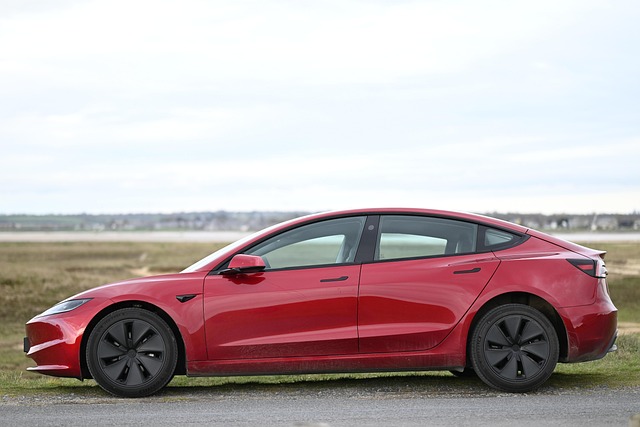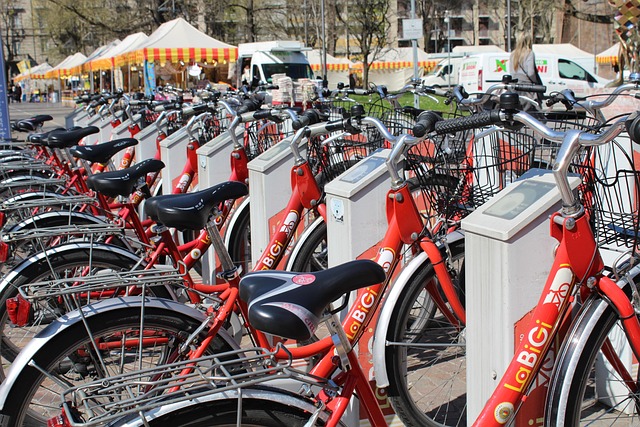Revolutionizing Rural Accessibility: Sustainable Integration in Transportation Programs
In the heart of many rural communities lies a challenge that often goes unnoticed: accessibility. The distances between homes, schools, healthcare, and markets can be vast, presenting daily hurdles for residents. Yet, the promise of sustainable transportation programs offers a transformative solution—one that not only bridges physical gaps but also nurtures the social and economic fabric of these regions through thoughtful integration.
Transport Sustainability: More Than Just a Buzzword
When we talk about transport sustainability, especially in the context of rural areas, it’s about crafting mobility solutions that are environmentally sound, economically viable, and socially inclusive. It’s not just about reducing emissions or cutting costs; it is about creating systems that serve communities effectively over the long term. By designing transportation networks that prioritize renewable energy, minimize waste, and adapt to local landscapes, we protect natural resources while fostering a sense of connectedness.
Imagine solar-powered shuttle services weaving through countryside roads, or bicycle lanes that encourage healthier lifestyles and lower carbon footprints. These examples highlight how sustainability in transport goes hand in hand with innovation, shaping rural accessibility in ways that honor local identity and needs.
Rural Development through Integrated Transportation Initiatives
Rural development flourishes when infrastructure development aligns with community goals. Sustainable transportation programs act as catalysts, propelling these areas towards economic vitality and social cohesion. Improved transportation connectivity opens pathways to education, healthcare, and employment, enhancing quality of life.
Moreover, integrated transportation programs that combine public transit, shared mobility, and non-motorized options bring flexibility and resilience to rural systems. When transport planning is inclusive of community input and tailored to local realities, it ensures that solutions are not only practical but embraced by those who depend on them.
The ripple effects extend beyond mere mobility. Efficient transportation can stimulate local businesses, encourage tourism, and prevent rural isolation, weaving a web of growth that sustains communities culturally and economically.
Embracing a Collaborative Future
The revolution in rural accessibility is not a solitary endeavor. It requires collaboration among policymakers, planners, residents, and businesses. Investment in sustainable transportation programs must consider the unique challenges and opportunities within rural contexts to design truly integrative approaches.
By prioritizing sustainability and integration, we not only enhance access but foster environments where rural communities thrive independently yet interconnectedly. This holistic vision signals a future where transportation serves as a bridge to opportunity, sustainability, and enriched rural living.




